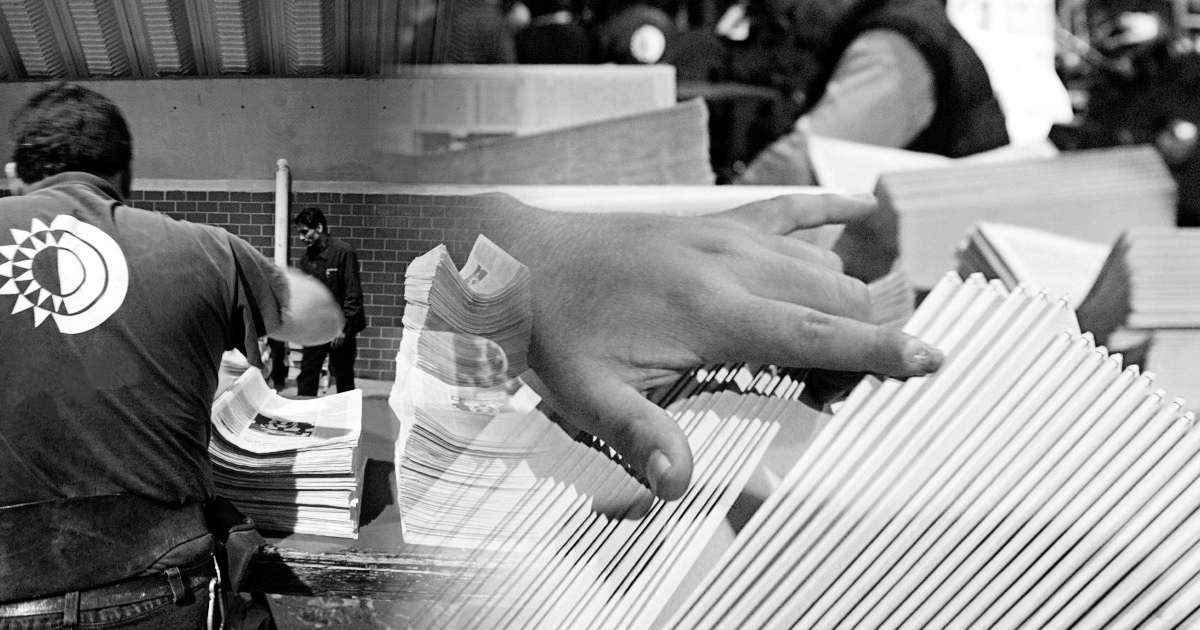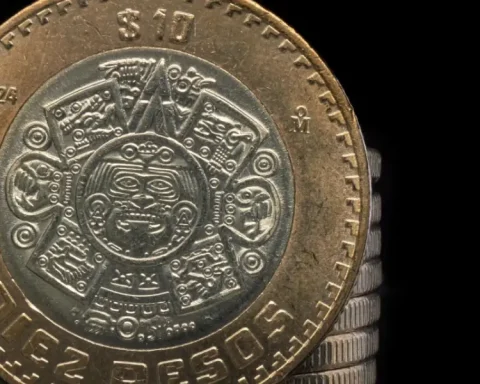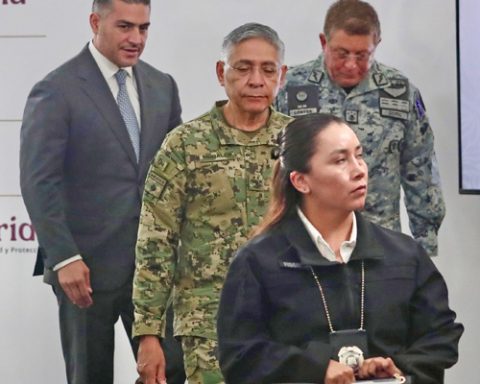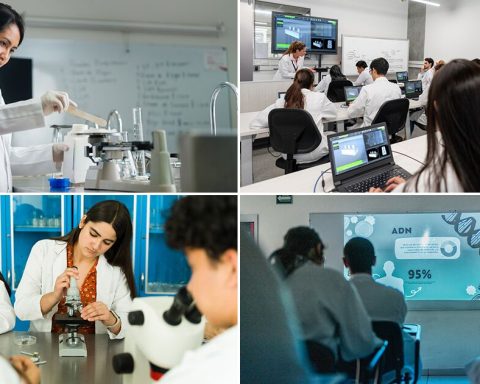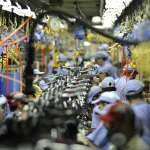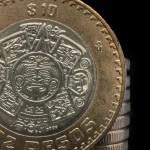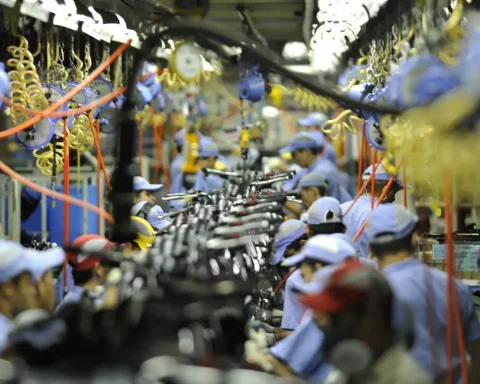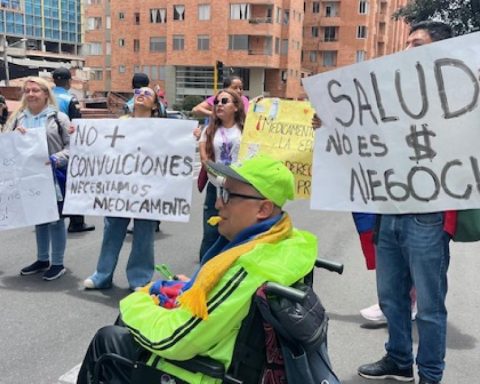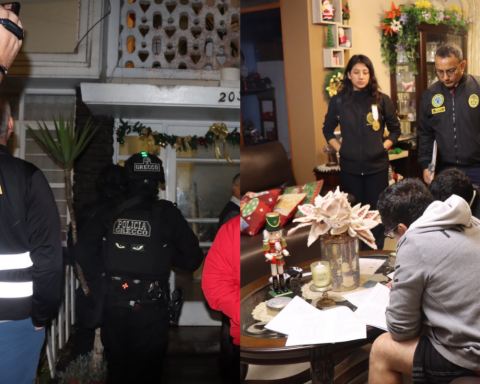Emir Olivares and Alonso Urrutia
Newspaper La Jornada
Tuesday, May 3, 2022, p. 6
Parallel to the Mayan Train, work is being done on the major research project
that has been carried out in the Mayan region of Mexico, this as a result of the archaeological salvage of thousands of pieces and sites, reported Diego Prieto, general director of the National Institute of Anthropology and History (INAH).
Thanks to the work of 293 specialists in different disciplines – 200 of them archaeologists – dozens of finds have been made extraordinary, among which there are vessels with ancient writing, cave paintings and temples outdoors or in caves
. One that stood out is the ancestral canoe, located in the waters of a cenote.
Prieto participated yesterday in the morning conference of President Andrés Manuel López Obrador, in which some details of the progress of the Mayan Train were given, including the rescue of archaeological remains that will enrich the understanding of the Mayan world in the area.
He took the opportunity to congratulate the outstanding Mexican archaeologists Eduardo Matos Moctezuma and Leonardo López Luján, who have just been admitted as international honorary members of the American Academy of Arts and Sciences. Both have made relevant contributions in the study of the ancient cities of Teotihuacan and Tenochtitlan, and for 44 years they have led the Templo Mayor Project.
Retaking the information on the pre-Hispanic traces in the surrounding areas of the Mayan Train, Prieto said that more than 3,000 archaeological remains have been intervened and about 500,000 ceramic sherds have been analyzed in the laboratory, some also restored; 23,000 structures of various sizes have been found, of which 1,292 real estate and 129 human burials, most with offerings; as well as 835 natural elements associated with archaeological contexts, mainly caves and cenotes.
The archaeological project, he said, also includes the construction of two museums, the improvement of the existing ones and the arrangement of the service units in the archaeological zones, as well as the construction of visitor attention centers, with complementary services that can be concessioned. to the communities.
He pointed out that more than a thousand employees from the communities of the five states through which the Mayan Train is projected to pass have joined the work.
